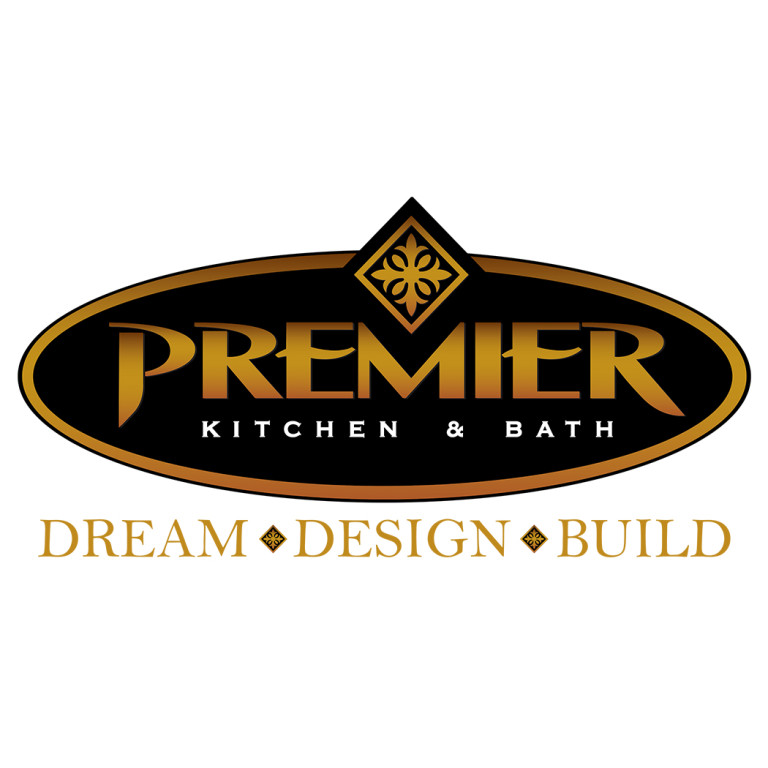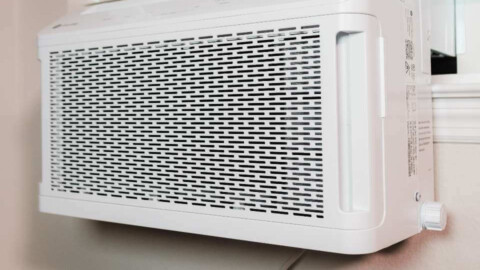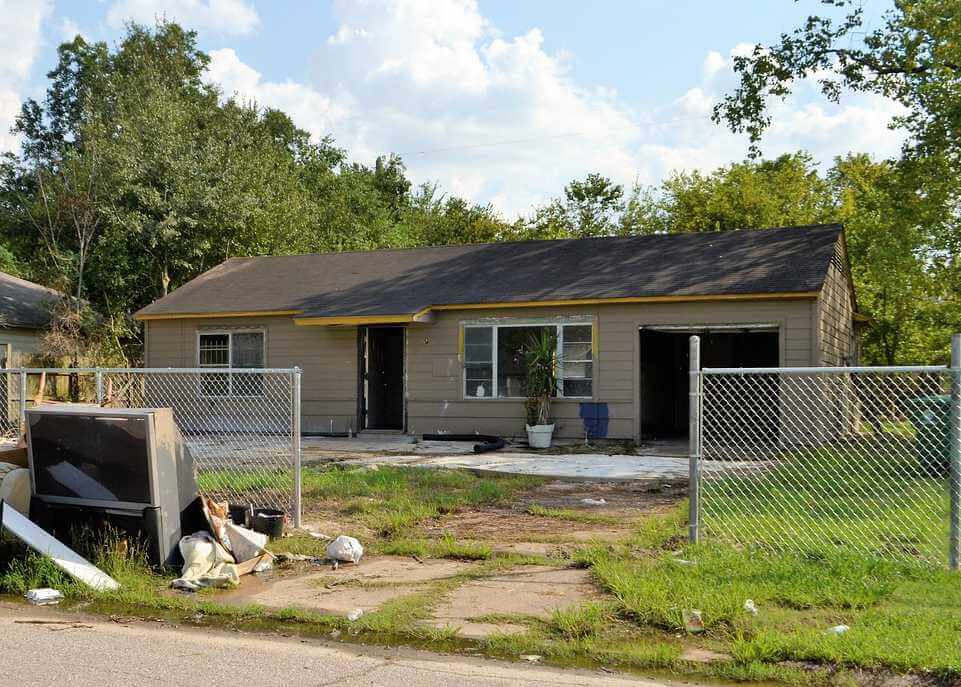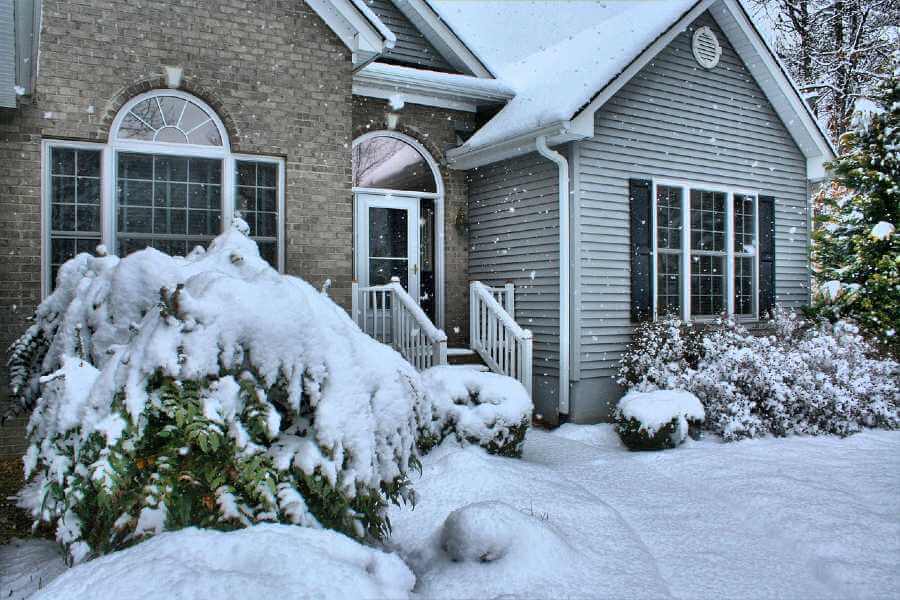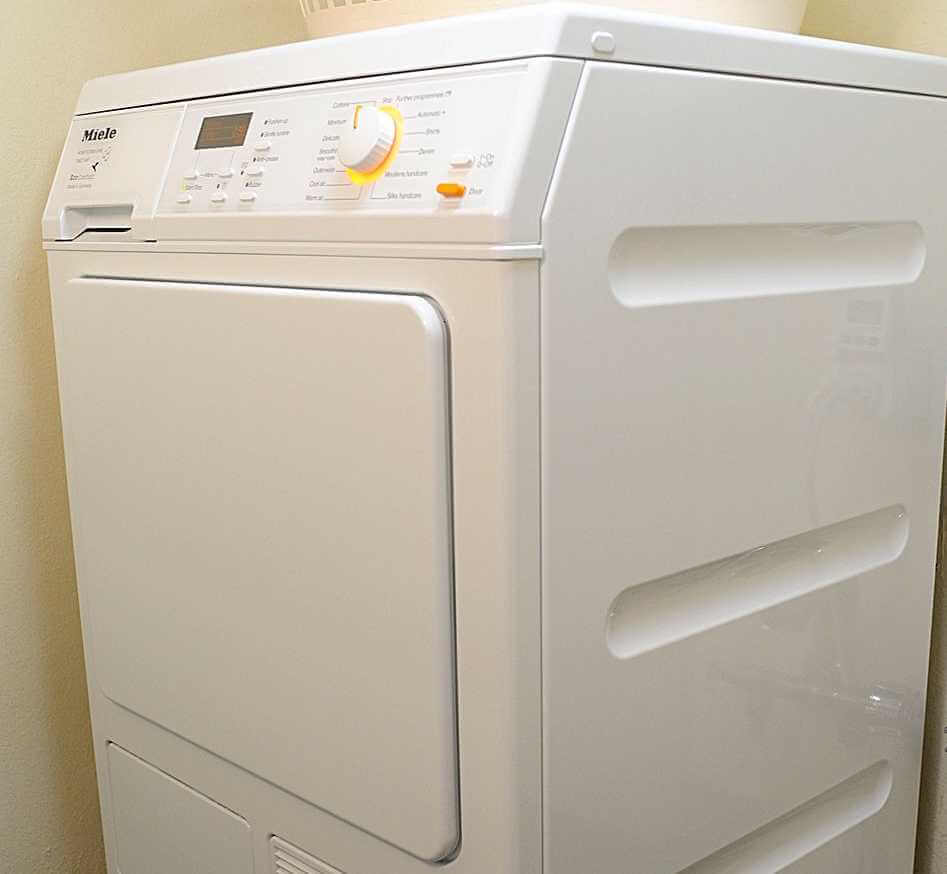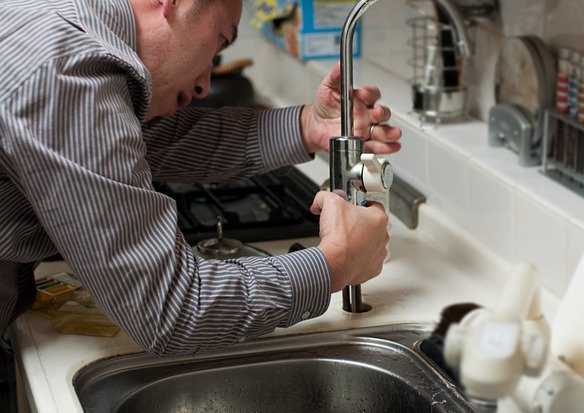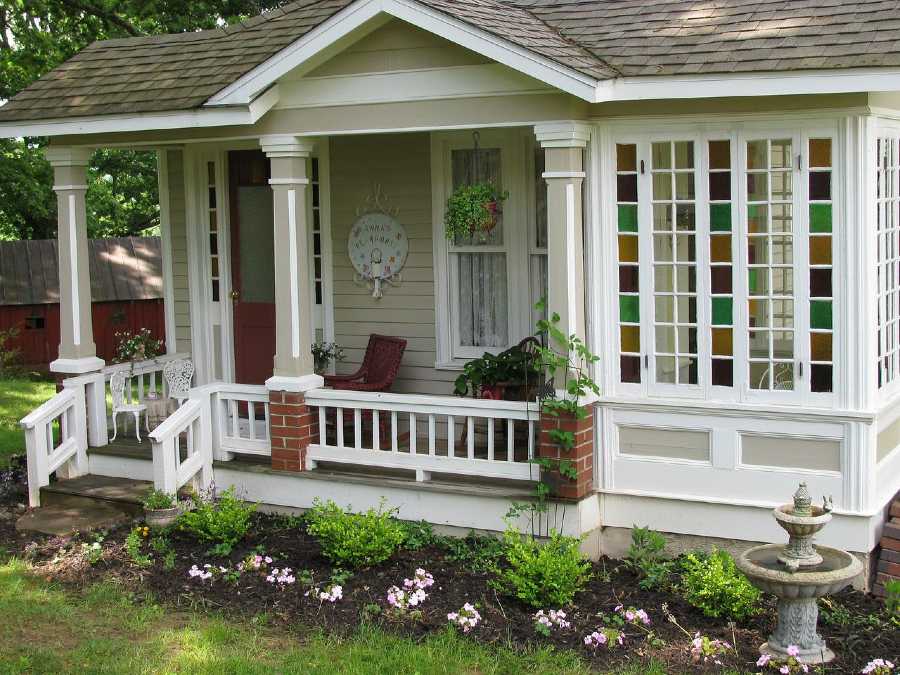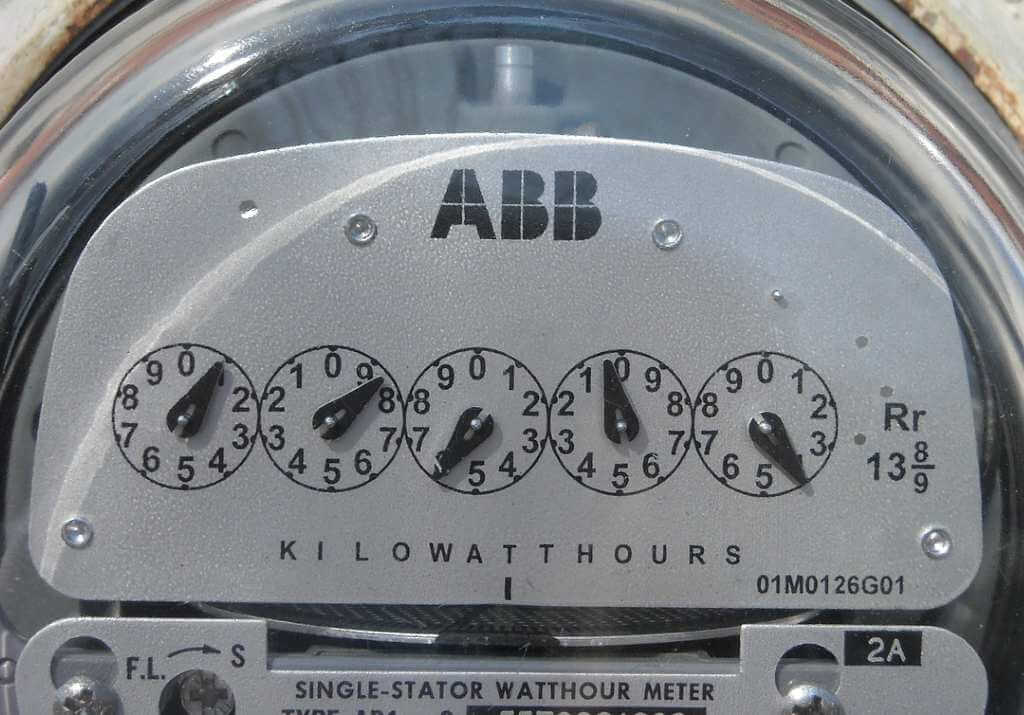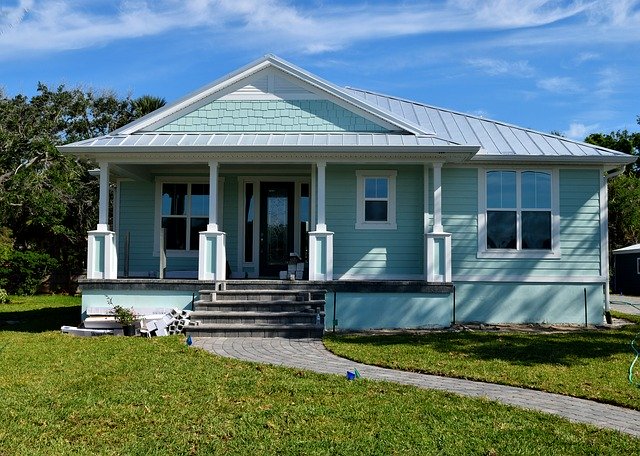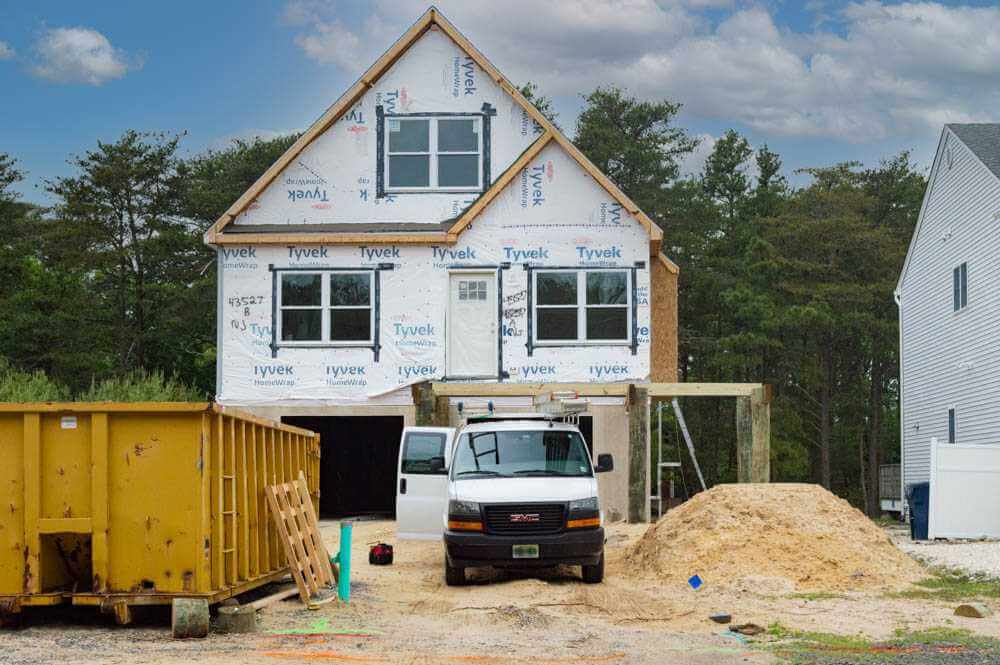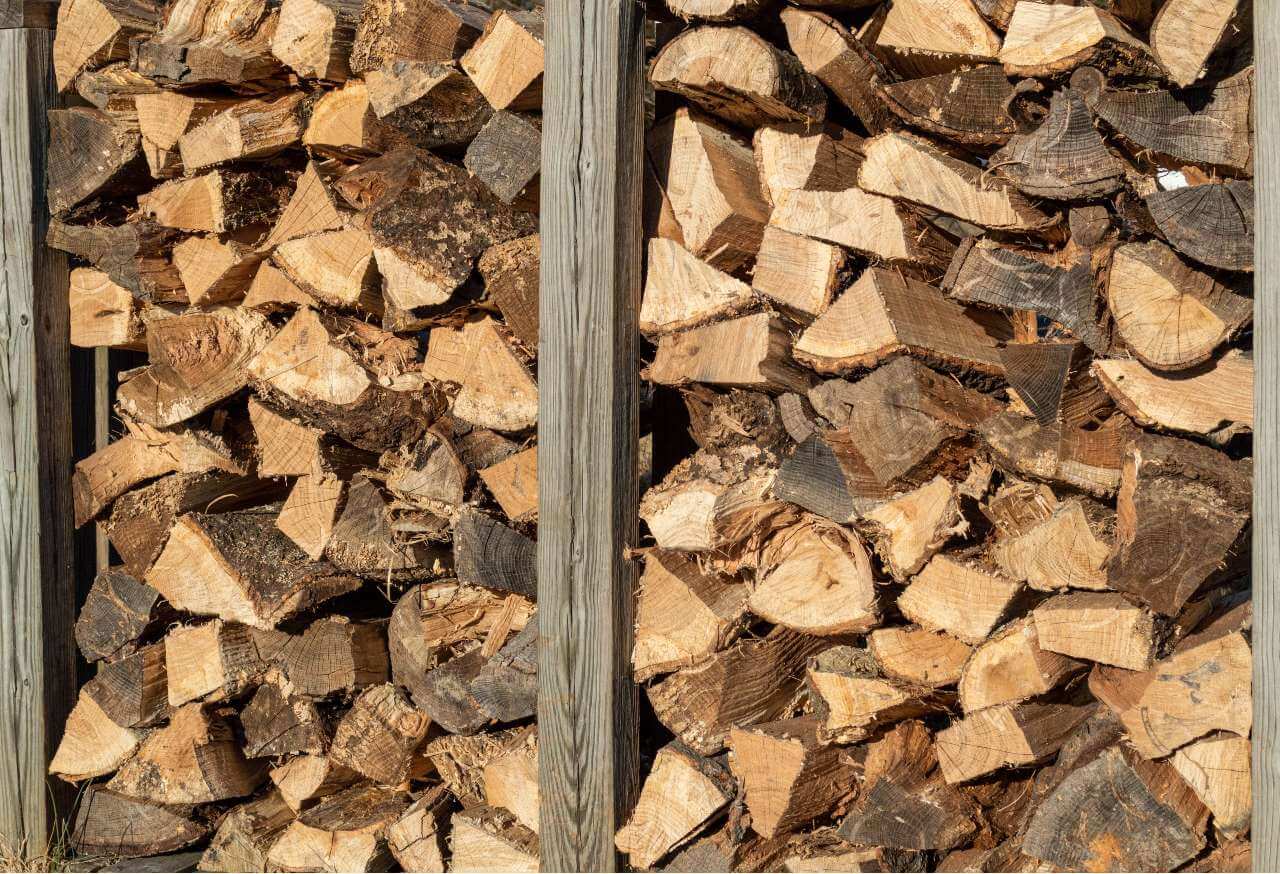Embrace the warmth: A cozy home interior with a wood stove symbolizes efficient and sustainable heating. Discover the magic of wood and pellet heating for comfortable living. Photo by James DeMers.
Embarking on the journey to enhance your home’s heating efficiency with wood and pellet systems requires careful consideration of various factors. From choosing the right appliances to understanding the nuances of chimney placement and sizing, and from the selection and storage of wood to exploring the benefits of pellet fuel, this guide aims to empower homeowners with the knowledge needed for successful wood and pellet heating. Navigating through insights provided by Energy.gov and other reputable sources, we delve into the intricacies of wood and pellet-burning appliances, maintenance practices, and key considerations to optimize the performance of your heating system. Join us on this informative exploration, tailored for the average homeowner, as we uncover the essentials of achieving warmth, efficiency, and sustainability in your home.
Choosing and Installing Wood and Pellet Heating Systems for Your Home
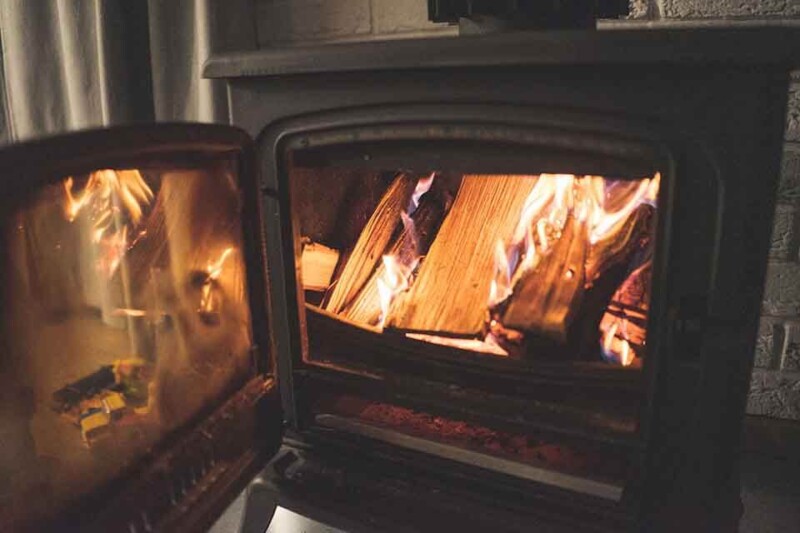
Selecting the right wood- or pellet-burning appliance is crucial for efficient and effective heating. According to Energy.gov, it’s essential to choose an appliance that is properly sized for the space you intend to heat. Oversized units often lead to residents burning fires at a low smolder to prevent overheating, resulting in wasted fuel and increased air pollution. Conversely, undersized units fail to provide sufficient heat. To make an informed decision, it’s recommended to discuss your heating needs with a reputable dealer.
A general guideline provided by Energy.gov suggests that a stove with a rating of 60,000 British Thermal Units (Btu) is suitable for a 2,000-square-foot home, while a 42,000 Btu stove is adequate for a 1,300-square-foot space.
Wood-burning appliances and fireplaces can release substantial amounts of air pollutants, including nitrogen oxides, carbon monoxide, organic gases, and particulate matter, which may have adverse health effects. In both urban and rural areas, wood smoke is a significant contributor to air pollution. Many municipalities impose restrictions on wood heating appliances during periods of unacceptable air quality. Some even limit or prohibit the installation of wood-burning appliances in new constructions. Prospective users are encouraged to contact local building codes departments, state energy offices, or state environmental agencies to understand the applicable wood-burning regulations in their area.
For those with older wood-burning appliances, upgrading to newer models certified by the U.S. Environmental Protection Agency (EPA) is recommended. According to Energy.gov, some of these appliances feature a catalytic combustor that enables combustion gases to burn at lower temperatures, cleaning exhaust gas while generating more heat. All modern wood stoves should bear an EPA certification sticker, indicating compliance with environmental standards. Higher-efficiency appliances generally have lower emissions and are safer due to complete combustion, which helps prevent the buildup of flammable chimney deposits known as creosote.
Consideration should also be given to the location of the appliance and chimney, as this influences heat distribution and conservation. Since most wood- and pellet-burning appliances function as space heaters, placing them in the room where you spend the most time is ideal. To facilitate heat circulation throughout the house, options such as a fan or blower assembly should be considered.
To ensure safety and maximize efficiency, it is advisable to have a professional install your wood- or pellet-burning appliance. Certified professionals can evaluate everything from your chimney to floor protection and assist in selecting the best appliance for your home. The National Fireplace Institute maintains a list of certified industry professionals for homeowners seeking expert assistance.
Exploring Various Wood and Pellet Heating Options for Your Home
When it comes to wood and pellet heating appliances, there’s a wide array of options to consider for your home. Each type offers distinct advantages and considerations, so let’s delve into the different choices available.
High-Efficiency Fireplaces and Fireplace Inserts

Traditional open masonry fireplaces may be charming, but they are not efficient heating devices, according to Energy.gov. These fireplaces draw in heated room air for combustion and send it straight up the chimney, leading to wasted energy. Despite attempts to address these issues with features like dedicated air supplies and heat recovery systems, most traditional fireplaces remain energy losers and contribute to air pollution.
Enter high-efficiency fireplace inserts, designed to enhance the heating efficiency of older fireplaces. These inserts function similarly to wood stoves, fitting into the existing masonry fireplace and utilizing the chimney. Proper installation, as stressed by Energy.gov, is crucial for optimal performance. A well-fitted insert can operate almost as efficiently as a standalone wood stove.
Advanced models of fireplaces now boast efficiencies near those of wood stoves and are certified as low-emission appliances. They draw in room air, heat it through a heat exchanger, and circulate it back into the house through vents or ducts. It’s crucial to ensure a dedicated supply of outside air for combustion.
To prevent heat and warm air from leaking out, Energy.gov recommends sealing unused fireplace flues. If you use the fireplace, be sure to close the flue when it’s not in use or consider using an inflatable stopper to seal the chimney temporarily.
Catalytic Wood Stoves, Advanced Combustion Woodstoves, and Centralized Wood-Burning Boilers
Wood stoves, a common choice for burning wood, now come in various models. Catalytic stoves and inserts boast efficiencies of up to 83% HHV (higher heating value). Advanced combustion woodstoves, also known as secondary burn stoves, operate at high temperatures, efficiently burning combustible gases and particulates before exiting the chimney. Energy.gov notes that these stoves often have efficiencies of 65 to 75% HHV.
Centralized wood-burning boilers have seen improvements, utilizing wood gasification technology for up to 80% efficiency. Some models can switch to oil or gas if the fire goes out.
Masonry Heaters
Known as “Russian,” “Siberian,” or “Finnish” fireplaces, masonry heaters stand out for their ability to produce more heat with less pollution than other wood- or pellet-burning appliances. These heaters include a firebox, a large masonry mass, and twisting smoke channels that release heated gases slowly over 12 to 20 hours.
Masonry heaters reach impressive combustion efficiencies of 90%, making them an eco-friendly choice. They’re designed to burn various solid fuels, and their small, intense fires result in minimal air pollution and creosote buildup. However, these heaters, available in various designs and styles, may require professional installation due to their complexity.
Pellet Fuel Appliances
Pellet fuel appliances offer a convenient and efficient alternative to traditional wood stoves or fireplaces. Burning compacted pellets made from wood or other organic materials, these appliances produce minimal air pollution. EPA-certified pellet stoves typically operate in the 70% to 83% efficiency range.
Pellet stoves are more cost-effective to install than conventional wood-burning heaters, with many models direct-venting to the room, eliminating the need for an expensive chimney or flue. While they require electricity to run fans, controls, and pellet feeders, they boast easy refueling, usually only needed once a day.
It’s important to note that pellet appliances, though efficient, are more complex and require regular cleaning by both homeowners and professionals. Additionally, they may pose challenges during power outages, emphasizing the need for a backup power supply.
Exploring the diverse range of wood and pellet heating options allows homeowners to make informed choices based on their preferences, needs, and the specific requirements of their living spaces.
Optimizing Chimney Placement and Sizing for Efficient Wood and Pellet Heating

Chimneys play a crucial role in harnessing the heat of a fire to create what’s known as the stack effect. As warm air rises from the fire, cooler air from the house rushes into the wood-burning appliance through vents, providing the necessary oxygen for combustion. A key factor in promoting a healthy draft is initiating a fire with a robust, hot burn.
Proper chimney placement is essential for maintaining this efficient airflow. The top of the chimney should be positioned above the home’s ceiling to create a neutral pressure zone that aligns with the chimney’s neutral pressure zone. This configuration ensures a gentle and consistent flow of air into the appliance and out the chimney, even when no fire is burning.
For those in the process of designing or building a new home, it is advisable to consider placing the chimney inside. Traditional chimneys constructed along the exterior of a home may lose valuable heat to the colder outside air. In such cases, if the chimney air temperature drops below that of the indoor air, the stack effect can pull cold, smelly chimney air into the house, resulting in undesirable outcomes when a fire is lit.
Matching the chimney size to the appliance is equally crucial. The flue size should align with the stove or fireplace outlet. A larger chimney than the stove or fireplace outlet can lead to slowed exhaust, increased creosote buildup, and reduced efficiency. Furthermore, high-performance chimneys are typically insulated. While older masonry chimneys can be adapted to connect with newer, high-efficiency wood-burning appliances, it’s essential to ensure a continuous chimney liner from the appliance outlet to the top of the chimney.
For free-standing woodstoves, which exhaust into a connecting pipe that then links to the chimney, careful consideration should be given to the length of the connecting pipe. If the pipe exceeds 8 feet, especially in spaces with vaulted ceilings, investing in double-layer pipe with a 1-inch airspace between layers is recommended. This precaution becomes essential as modern stoves generate significant heat, and a longer length of single-layer pipe could slow down the draft, impacting the overall efficiency of the wood-burning system.
In summary, thoughtful planning of chimney placement and sizing is crucial to optimize the performance and efficiency of wood and pellet heating systems in homes. This includes considering the location of the chimney, ensuring it is properly insulated, and matching its size to the appliance for an effective and safe heating experience.
Ensuring the Efficiency and Safety of Your Wood and Pellet Heating System through Regular Maintenance

Annual Chimney Inspection:
Prior to each heating season, it’s advisable to have a certified chimney sweep from the Chimney Safety Institute of America inspect your wood-burning system. Beyond chimney cleaning, a certified professional possesses the expertise to assess the efficiency and safety of your entire system. This includes checking the appliance, hearth, connecting pipe, air inlets, chimney, and all other components.
Catalytic Combustor Inspection:
For systems equipped with catalytic combustors, it’s crucial to inspect them after burning approximately two cords of wood and replace them according to the manufacturer’s recommendations. Most catalytic stoves or inserts come with a thermometer to facilitate regular checks. The catalytic cell, removable and replaceable, typically costs between $75 and $160. Newer models may only require replacement every 5–8 years when burning seasoned wood, while older models may need more frequent checks and replacements.
Wood Stove Interior Cleaning:
Periodically cleaning the inside of a wood stove with a wire brush contributes to efficient heating. Even a thin layer of soot, measuring just one-tenth of an inch, can reduce the heat transfer efficiency of the metal by 50%. Regular cleaning ensures optimal performance.
Pellet-Fuel Appliance Maintenance:
For pellet-fuel appliances, strict adherence to the manufacturer’s operation and maintenance instructions is crucial. Regularly inspect fans and motors, ensuring proper maintenance. At the end of the heating season, it is advised to remove unused pellets from the stove hopper and feed system. This preventive measure reduces the risk of rusting, which can lead to costly damage to the appliance, and facilitates a smoother start to the next heating season. Regularly cleaning the flue vent helps prevent soot buildup, ensuring continued efficiency.
By incorporating these maintenance practices into your routine, you can prolong the life of your wood or pellet heating system, optimize its efficiency, and ensure a safe and reliable source of warmth for your home. Regular inspections and cleaning not only contribute to the longevity of your appliances but also enhance their performance, making them more cost-effective and environmentally friendly in the long run.
Choosing and Storing Wood for Optimal Burning Efficiency
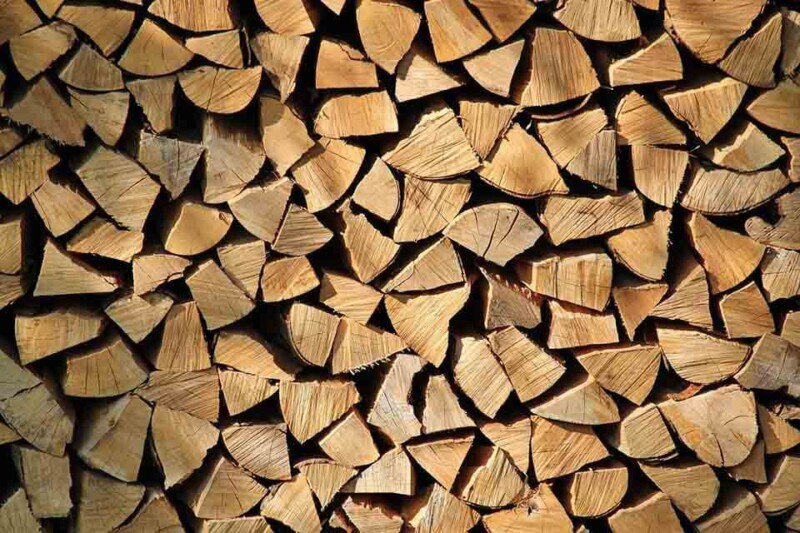
When it comes to selecting and storing wood for your heating needs, making informed choices can significantly impact burning efficiency and overall performance. Here are key considerations:
Wood Species and Heat Content:
All wood species boast similar heat content (measured in Btu) on a per-pound basis when completely dry. However, denser woods tend to burn longer and may cost more. Species like oak, hickory, and pine are known for their ability to provide sustained heat, making them suitable for overnight burning.
Proper Seasoning for Efficiency:
To maximize energy output and prevent wasted heat, it is crucial to use properly seasoned wood. This involves harvesting wood in the spring and allowing it to dry throughout the summer. Look for wood that displays even color without any green hues. The moisture content of seasoned wood should be 20% or less by weight. Burning wet wood can result in significant energy loss.
Storage Practices:
To protect your woodpile from potential termite infestations, store the wood away from the house. While it’s essential to cover the top of the pile, leaving the sides open promotes air circulation. If feasible, elevate the woodpile about a foot off the ground, using concrete blocks or similar supports. This elevation helps keep the wood dry, preventing moisture absorption and maintaining optimal burning efficiency.
By adhering to these guidelines, you ensure that the wood you select and store is conducive to efficient and effective burning. Properly seasoned wood not only enhances heat output but also contributes to a cleaner and more environmentally friendly wood- or pellet-burning experience in your home.
By adhering to these guidelines, you ensure that the wood you select and store is conducive to efficient and effective burning. Properly seasoned wood not only enhances heat output but also contributes to a cleaner and more environmentally friendly wood- or pellet-burning experience in your home.
Understanding and Utilizing Pellet Fuel for Efficient Heating

Pellet fuel has emerged as a cost-effective and efficient heating solution for many homeowners. Here are key aspects to consider when using pellet fuel:
Cost and Packaging:
Pellet fuels generally have a moisture content ranging from 5% to 10%, significantly lower than the typical 20% found in well-seasoned firewood. While some pellet manufacturers incorporate petroleum or non-petroleum lignin as a lubricant in the production process, the majority of pellets contain no additives.
Moisture Content and Additives:
Pellet fuels generally have a moisture content ranging from 5% to 10%, significantly lower than the typical 20% found in well-seasoned firewood. While some pellet manufacturers incorporate petroleum or non-petroleum lignin as a lubricant in the production process, the majority of pellets contain no additives.
Quality Assurance:
The Pellet Fuels Institute introduced the PFI Standards Program, a third-party accreditation initiative that establishes specifications for residential and commercial-grade fuel. This standard assures consumers of the highest quality when certified pellets are purchased. Additionally, buyers can assess pellet fuel quality by inspecting bags for excessive dirt and dust, which can lead to clinkers in the stove. A high-quality pellet bag should contain less than half a cup of dust at the bottom of a 40-pound bag.
Pellet Stove Compatibility:
Pellet stoves designed for low-ash content, typically top-fed stoves, may experience performance issues when used with pellets containing higher ash content. Manufacturers are adapting their products to accommodate pellets with varying ash contents, reflecting a commitment to flexibility and efficiency.
Locating Pellet Suppliers:
To ensure a reliable supply of pellets, many pellet fuel appliance dealers maintain their stock or recommend reputable suppliers. Locating pellet fuel is also possible through local listings under “Fuel” or “Pellet Fuel” in telephone directories. Alternatively, inquiries at tree nurseries or home and garden supply stores can yield valuable information on nearby pellet suppliers.
By considering these factors, homeowners can make informed decisions regarding the use of pellet fuel for heating, ensuring both efficiency and cost-effectiveness in their heating systems.
Concluding Thoughts: Mastering Wood and Pellet Heating for Warmth, Efficiency, and Sustainability

To sum it all up, mastering the art of wood and pellet heating involves a thoughtful blend of appliance selection, maintenance diligence, and a nuanced understanding of fuel choices. From the crucial aspects of chimney placement and sizing to the considerations for storing and selecting wood, and the practical advantages of pellet fuel, this guide has provided a comprehensive overview tailored for homeowners seeking efficient and sustainable heating solutions. Armed with insights from reputable sources and a commitment to regular maintenance, you can confidently navigate the realm of wood and pellet heating, transforming your home into a warm, eco-friendly haven. Whether you opt for the timeless charm of a wood stove or the convenience of pellet appliances, this journey promises not only enhanced heating efficiency but also a deeper connection to the eco-conscious and cost-effective possibilities of home heating.


